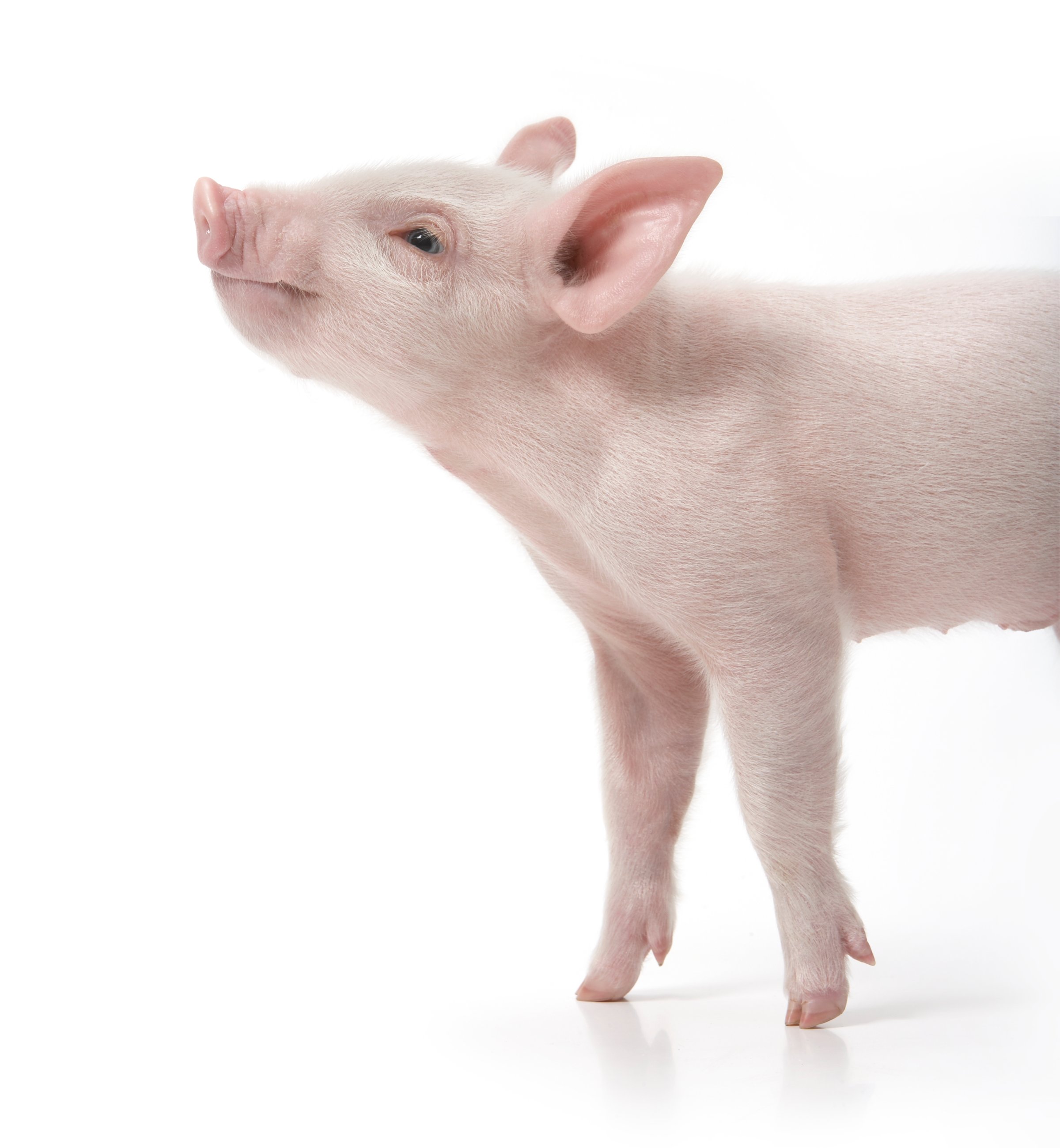
It sounds like the plot of a science fiction film, but it’s real: scientists have now managed to get human cells to grow inside a pig embryo, according to an experiment reported in the journal Cell.
The first step was to see whether human cells could even grow in another species. It’s an important question in the field of organ transplantation, since a worldwide shortage of most organs—including hearts, lungs, livers and kidneys—means many people who desperately need them won’t receive them and will face almost certain death. Growing human tissues in a lab dish is possible, but extremely inefficient. “Scientists are not that great at imitating nature,” says Juan Carlos Izpisua Belmonte, professor at the Salk Institute and senior author of the new study.
So Belmonte and his team put human stem cells, which are programmed to become any of the dozens of cells that make up the human body, into the embryos of pigs and let them develop for four to five weeks. The idea was to allow the natural system of development run its course, letting the mix of genes, enzymes and proteins direct the early embryo cells to specialize into heart cells, skin cells and more. The embryos were then studied to see if any of the human cells survived and grew.
The pig embryo did contain some human cells—both muscle and heart cells—and they appeared to be growing normally. “Nature knows how to educate cells, so in putting the human cells inside the pig embryos, we let nature figure out how to educate them to develop,” Belmonte says.
The experiment is the latest in a series that Belmonte’s group has conducted in this area of “human-animal chimera” research. They previously showed that rat pancreas cells transplanted into mouse embryos allowed the mice to grow rat pancreas organs.
But it wasn’t clear if human cells would grow in a pig, since the two species are not as closely related as the rat and mouse. The latest results show that indeed, despite the evolutionary distance, man and pig may share some conserved signals that direct embryo cells to start turning into different types of cells.
It’s just the first step in a long journey toward eventually growing human organs in other species such as pigs, but Belmonte says the encouraging results show that it’s possible. Such work is scrutinized carefully by government and ethical groups, since there is a real concern about what happens if the human cells, for example, began developing in the pig’s brain. There was no evidence that any of the human cells in the current study were found in the pig’s brain, but the concern prompted the National Institutes of Health (NIH) last fall to restrict some of Belmonte’s government funded work. While his current study was funded with private donations, he also receives funding from the NIH, which reviews any reqeusts for human-animal chimera studies on a case by case basis. In Belmonte’s NIH studies, he can only transplant monkey cells into pigs.
The current study with human cells was conducted with collaborators in Spain, where regulators allowed Belmonte to have pregnant sows carry the embryos containing human cells to just before birth.
Belmonte says he is in no rush to allow the embryos to come to full term. Even at four weeks old, he says, the embryos provide the critical information that human cells can be incorporated and grow in a pig embryo. Now he hopes to continue the studies to better understand what makes the human cells grow and how to ensure they develop in the right way. Doing so may one day help make growing human organs in other species a safe and healthy possibility for organ transplants, he says.
More Must-Reads from TIME
- Why Trump’s Message Worked on Latino Men
- What Trump’s Win Could Mean for Housing
- The 100 Must-Read Books of 2024
- Sleep Doctors Share the 1 Tip That’s Changed Their Lives
- Column: Let’s Bring Back Romance
- What It’s Like to Have Long COVID As a Kid
- FX’s Say Nothing Is the Must-Watch Political Thriller of 2024
- Merle Bombardieri Is Helping People Make the Baby Decision
Contact us at letters@time.com